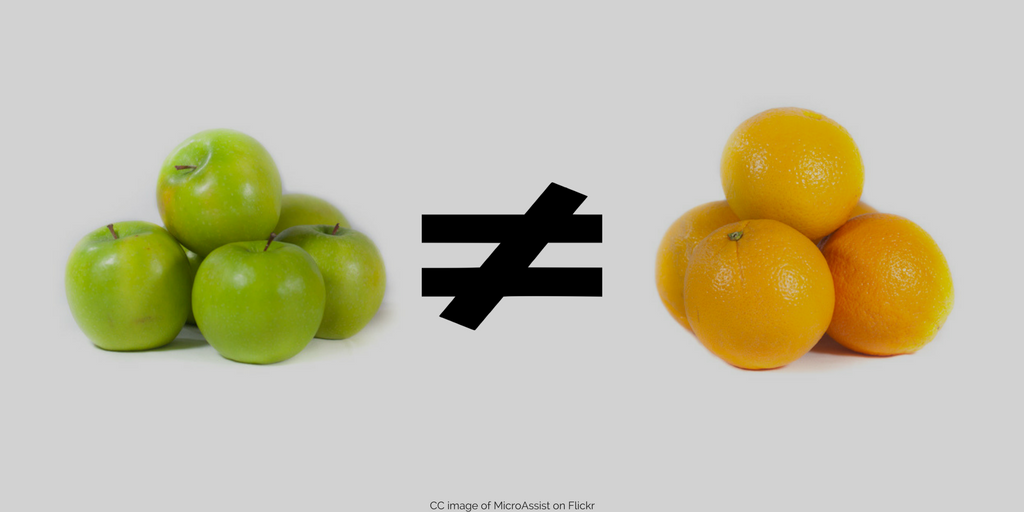
RT (Russia Today) and Sputnik are the two foreign language flagships of Russia’s campaign to influence international public opinion. Both outlets present themselves as media that provide alternative views to the mainstream in international news reporting. However, before accepting this premise, three fundamental differences between these outlets and what is normally perceived as independent journalism should be kept mind.
1. They are not independent
- Sputnik was created by a Presidential decree with the aim to “report on the state policy of Russia abroad”;
- RT is fully financed by the Russian government and is included in an official list of core organizations of strategic importance for Russia.
2. They do not want to be impartial
- “The period of impartial journalism is over. Objectivity is a myth”, the CEO and editor-in-chief Dmitry Kiselyov told Sputnik’s editorial staff after a reorganisation of the media house to which Sputnik belongs;
- The management of both RT and Sputnik receive weekly instructions from the Kremlin. These instructions include guidelines on political narratives, what should be covered and whom the outlets should not talk about.
3. They produce fake news to promote political objectives
- The independent media watchdog in the UK, Ofcom, has on 15 occasions expressed criticism of RT for, among other problems, “materially misleading” output;
- RT has for example been instrumental in creating the smoke screen of disinformation, with which the Russian authorities seek to cover up the facts about the downing of Malaysian Airlines Flight MH17 over Eastern Ukraine with this article as just one of many examples.
- For other examples of disinformation produced and promoted by RT and Sputnik, see the links below.
Are RT and Sputnik really media?
French President Emmanuel Macron says no: “Russia Today and Sputnik did not behave as media organisations and journalists, but as agencies of influence and propaganda, lying propaganda – no more, no less,” so he told journalists at his joint press conference with President Putin in Versailles on 29 May 2017.
Russian authorities themselves have called the media they control a “weapon” and have describedtheir media role as “like we’re at war”.
If you want to read more about RT and Sputnik, here are some recommendations from international media and from the analysis produced by East Stratcom over the last two years:
Examples of disinformation spread by RT and Sputnik:
This article includes a list with examples of disinformation produced or promoted by RT: Inside RT’s world of alternative news.
A list of disinformation produced or promoted by Sputnik can be found in this article: Sputnik’s short-lived presence in the Slovak press agency.
Whistle blower testimonials:
Some former RT whistle blowers have provided testimonials that are useful for understanding the work of these otherwise secretive organisations: What is it like to work for the Kremlin’s propaganda media?
A German journalist, Martin Schlak, went undercover in RT’s German language newsroom. Here is what he found out: Undercover among Russia Today: Epilogue of the spy.
How does the Kremlin exercise its media control?
The guidelines issued by the Kremlin are called “temniks” in Russian journalistic professional jargon. This story presents an example of how they are used: Temnik – the Kremlin’s route to media control.
“The yellow telephones” are hotlines between the chief editors in leading Russian media and the Kremlin, ensuring the Kremlin’s control over reporting: How the Kremlin and the Media Ended Up in Bed Together. RT’s chief editor admits she has it on her desk “to discuss secret things” with the Kremlin.
Usually the Kremlin’s instructions to media are held in oral form. But sometimes editors print and distribute them: “We don’t promote the English Queen’s anniversary!!!”.
RT itself acknowledges that it has something to hide: Why else would employees face a $50,000 fine for talking about their work at RT? Welcome to The Machine: Inside the Secretive World of RT.
RT sometimes presents itself not as RT
RT has branched out with a series of projects that avoid being associated with Russia Today. One of them is In The Now: RT goes undercover as In The Now.
Another tactic used by RT is to try to turn tables and claim that it is other media, not RT, that produce disinformation. One example is RT’s so-called “FakeCheck” project : KT – Kremlin Today.





